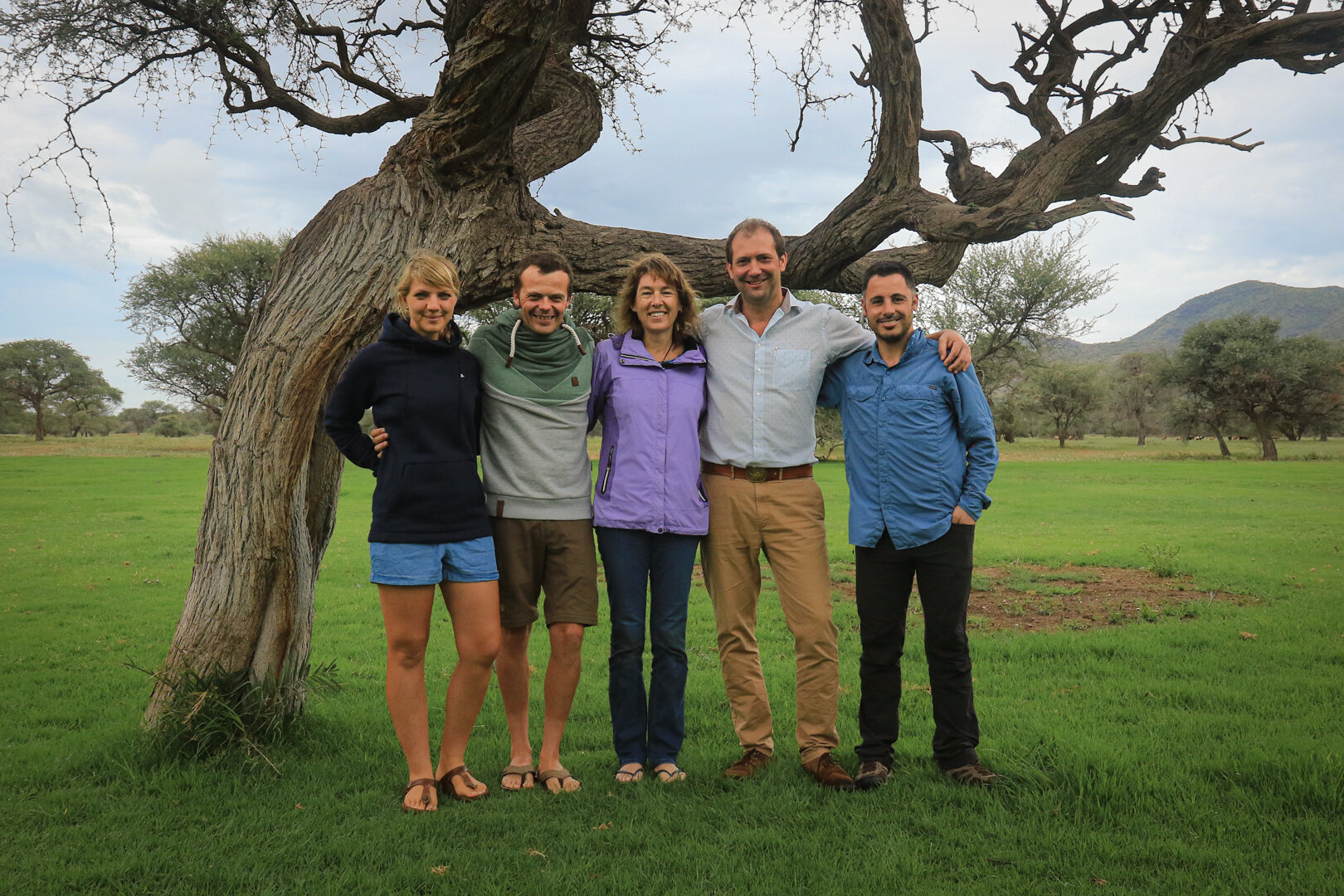Working for cheetah research and conservation in Namibia
We are scientists from the Berlin-based Leibniz-Institute for Zoo and Wildlife Research (Leibniz-IZW) conducting research on the ecology, the behaviour, health status, the genetics and the reproduction of cheetahs since 2001. Our results directly support cheetah conservation in central Namibia and beyond. We’re grateful to the Messerli Foundation and other supporters and funding partners for the generous long-term support of the Cheetah Research Project.
Follow us on Facebook:
Team
This is us - our background and education, our expertise and skills, our motivation and passion for cheetah research.
Network & partners
Our work is not carried out in isolation, but in close collaboration with many trusted partners within a strong network in Namibia and worldwide.
The Cheetah
The cheetah is the rarest big cat species in Africa and its numbers have decreased dramatically in the last decades. There is much more to learn about these elusive big cats!
Multimedia
Over the years, many photographers, filmmakers and artists have visited our research project and created multimedial content.

















